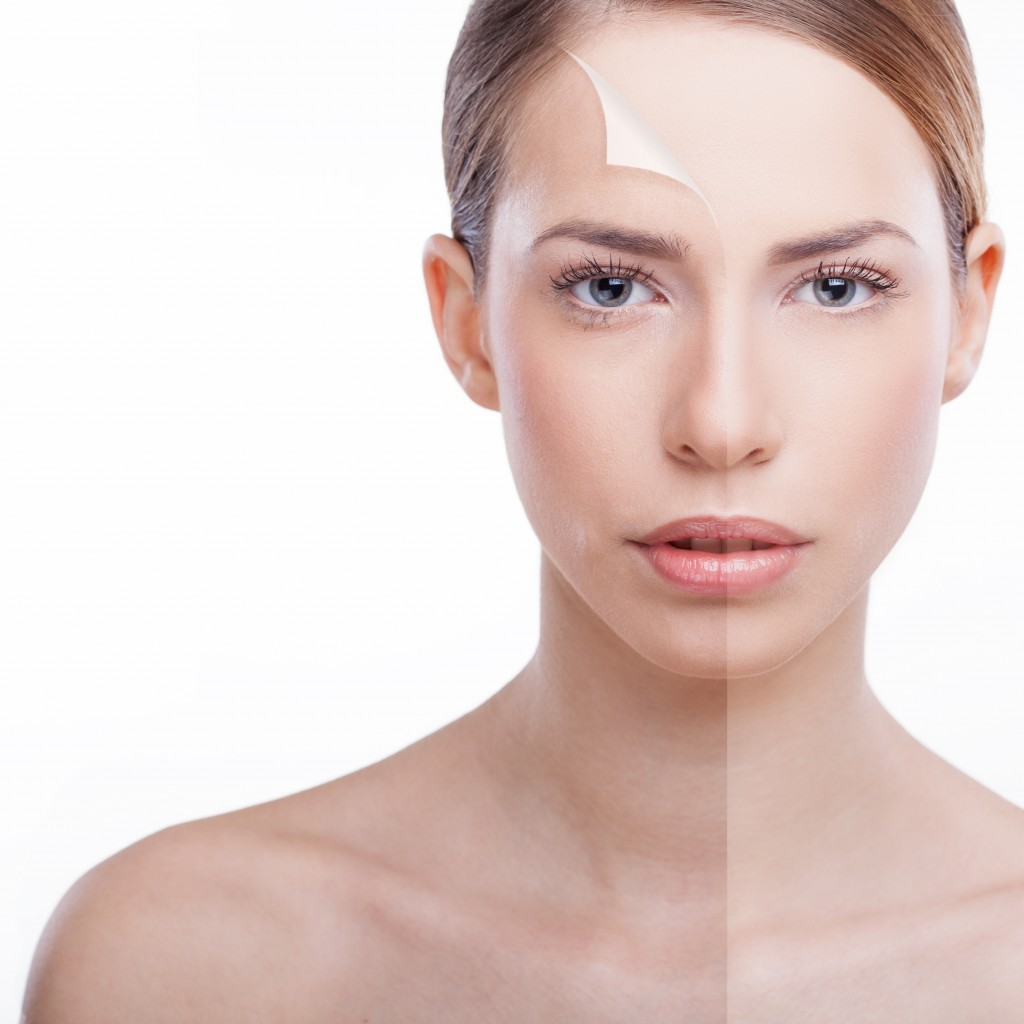Most skincare trends come and go, but alpha hydroxy acids (AHAs) remain a staple until now. The original pursuers of the fountain of youth used AHAs many centuries back—yes, we’re talking about the ancient Egyptians. Fast-forward to today, you could find AHAs in various products that range from facial creams and toners to body moisturizers, acne-fighting products, lightening creams and even shampoos.
What Exactly Are AHAs?
Alpha hydroxy acids are a collection of natural compounds made from food products. The most commonly used AHAs are glycolic acid sourced from sugar cane, citric acid from citrus fruits, lactic acid from milk, tartaric acid from grapes, and malic acid from apples.
Plenty of studies have shown that AHAs are excellent exfoliators. They help boost blood flow to your skin to reduce the formation of wrinkles and fine lines. Additionally, they help reduce the appearance of acne, whiteheads and blackheads, as well as lighten discoloration and dark spots.
How Do AHAs Work?
AHAs work by gently but thoroughly dissolving the intracellular adhesive that makes your old skin cells adhere to your skin’s surface to make your skin look smoother and brighter. They’re also capable of stimulating the production of elastin and collagen to enhance the moisture-retaining ability of your skin and maintain its plumped up, yet soft and smooth firmness.
Note though that AHAs can make your skin more sensitive to sun exposure so if you don’t wear sunscreen on a daily basis—which is something you should be doing regardless if you’re using AHAs or not—you might increase your risk of getting wrinkles and pigmentation.
What Are Your AHA Options?

In general, over-the-counter AHA products like toners, lotions and moisturizers contain less than 5% AHA while cosmeceuticals, which are products that are a combination of pharmaceuticals and cosmetics, have between 7% to 14%. One example is the AHA Whitehead Powder Liquid from COSRX, a skincare brand from Korea.
AHA products are gentle enough for daily use, but potent enough for most skin concerns. While you can get better and quicker results from peels that contain 20% to 30% AHA, you need to have a trained cosmetologist apply the product and you have to do it regularly. You can get longer lasting, best and quickest results from peels with 50% to 70% AHA concentrations, but you need a doctor to apply them. These also come with the highest risk of side effects such as chemical burns and discoloration.
How Do You Choose an AHA Product?
There’s really no best preparation or concentration of AHA when choosing products since the best one for you will depend on your skin type and concerns. The primary difference between AHA products is the pH level and concentration. In general, over-the-counter products are safe for most people, but those with extra-sensitive skin, seborrheic dermatitis or rosacea might have to do some testing to see which brands won’t exacerbate their symptoms.
So the next time you’re browsing online or the skincare aisle, be on the lookout for products with AHA. And make sure to stock up on sunscreen as well, not just because of the risk of sun damage when using AHAs, but because wearing sunscreen every day is the one of the most effective ways to combat premature aging.



